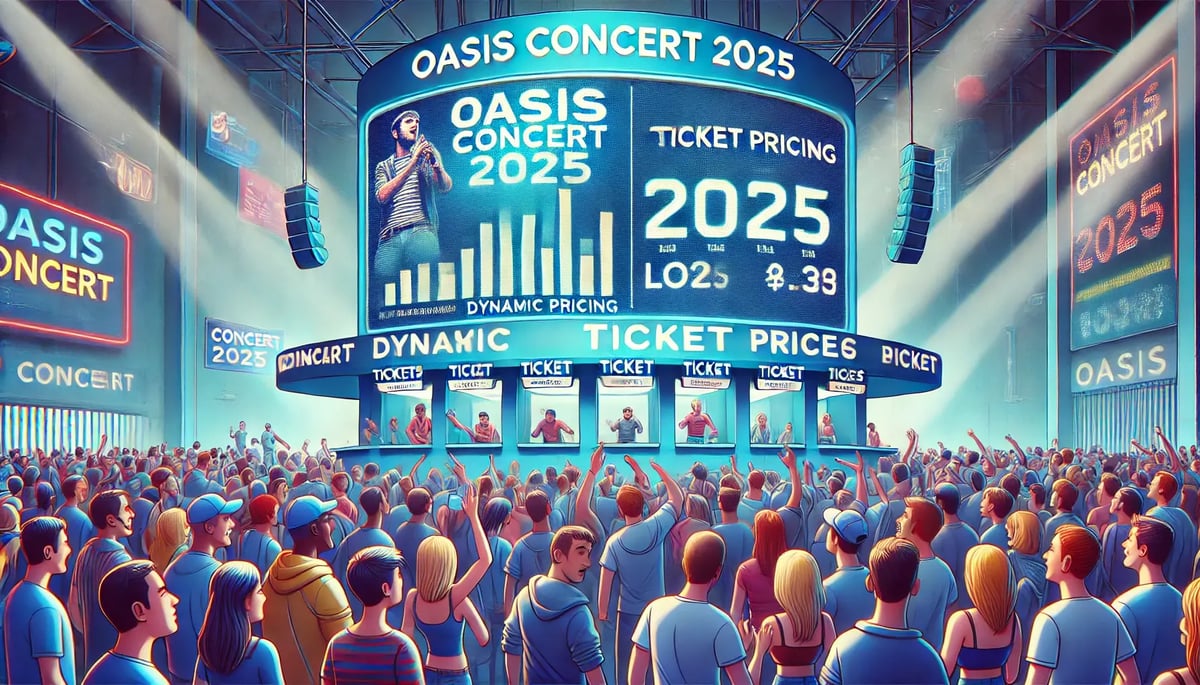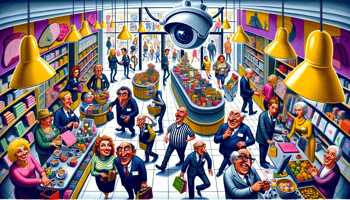Retailers today face a growing challenge: how to prevent theft while still delivering a positive,...
The Controversy of Dynamic Pricing: Lessons from the Oasis Ticket Scramble


Retailers today face a growing challenge: how to prevent theft while still delivering a positive,...

In retail, there’s often a familiar phrase whispered among frontline colleagues: “They don’t have a...

Discover the top trends shaping the retail customer experience in 2024 and learn how to...
Dynamic pricing is no longer just a buzzword; it's a reality causing waves in industries ranging from travel to retail and, more recently, live entertainment. This pricing strategy, which involves adjusting prices based on real-time demand, is used in various sectors. For instance, airlines use it to manage seat availability, hotels to fill empty rooms, and ride-sharing apps to match supply with demand. The Oasis concerts scheduled for 2025 brought this pricing strategy into the limelight, with thousands of fans feeling the sting of soaring ticket prices. While dynamic pricing can be a powerful tool for maximising revenue, it raises serious questions about customer experience, loyalty, and brand perception.
What Is Dynamic Pricing?
Dynamic pricing occurs when a seller adjusts prices based on real-time demand. It's not new - airlines, hotels, and ride-sharing apps have used it for years. But when Ticketmaster rolled it out for concert tickets, it caught the attention and ire of fans. In the case of Oasis, prices skyrocketed as demand surged, resulting in tickets being sold for hundreds of euros more than expected.
The Impact on Oasis Fans
With its iconic status and large, loyal fanbase, Oasis hadn't played in years, making its 2025 reunion a highly anticipated event. When tickets went on sale, they sold out across 17 UK and Irish concerts almost instantly. Fans paid far more than they'd budgeted, as dynamic pricing allowed costs to fluctuate with demand.
This led to frustration and a sense of unfairness, with many feeling exploited by a system capitalising on their enthusiasm and loyalty. It's not just about money; it's about trust and brand sentiment.
The Pros and Cons of Dynamic Pricing
Pros:
Cons:
Lessons for Businesses
Our Take
Dynamic pricing can be a powerful tool but is also a double-edged sword. The Oasis ticket saga is a textbook example of how poorly managed dynamic pricing can damage a brand. For retailers, the lesson is clear: prioritise customer experience over short-term gains. Use dynamic pricing with empathy, and remember - a loyal customer is worth far more in the long run than a one-time surge in profit. Your customers are not just transactions; they are the lifeblood of your business.
Final Thought
Happy customers spend more. If your pricing strategy leaves them feeling gouged, you're not just losing a sale; you're losing a relationship. Dynamic pricing should enhance the customer experience, not deter it.
If you would like an introductory conversation with no obligation about how we can assist you in prioritising and implementing business improvements, please get in touch with us at https://www.retailcx.ie/contact.